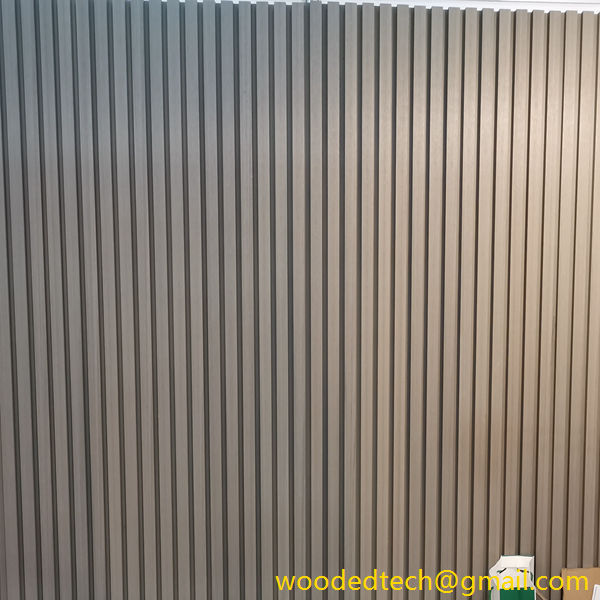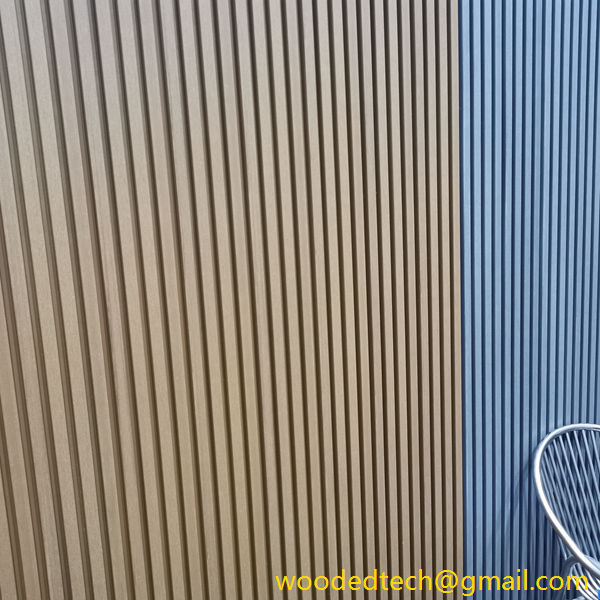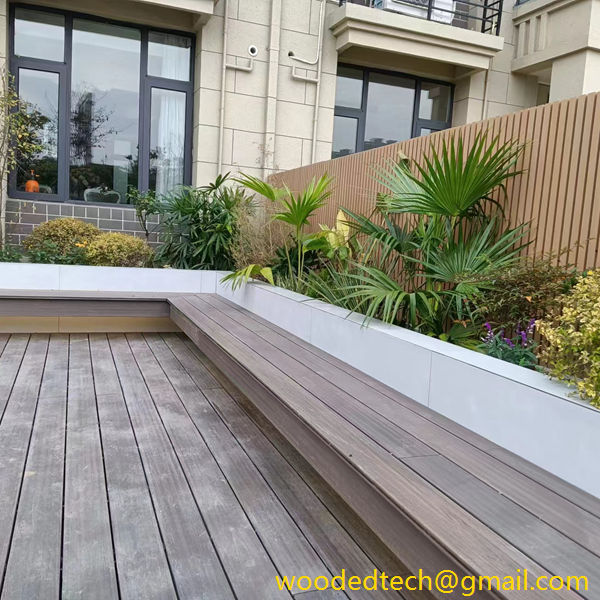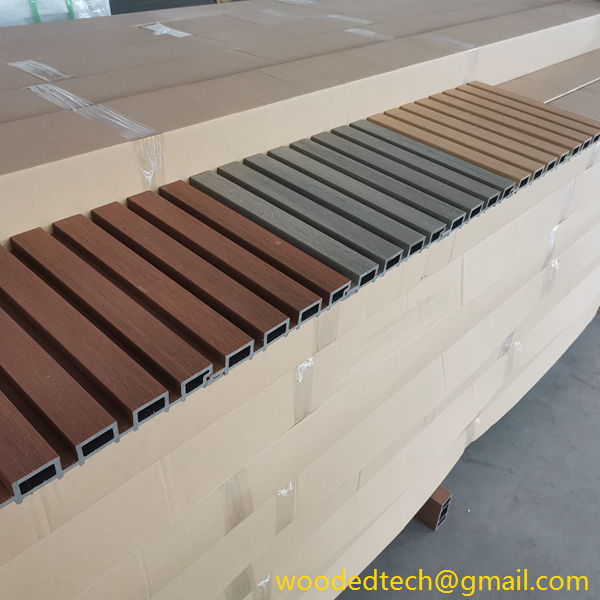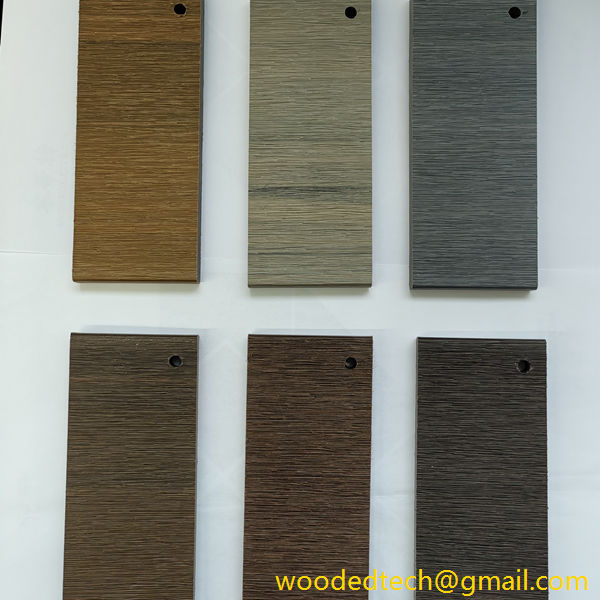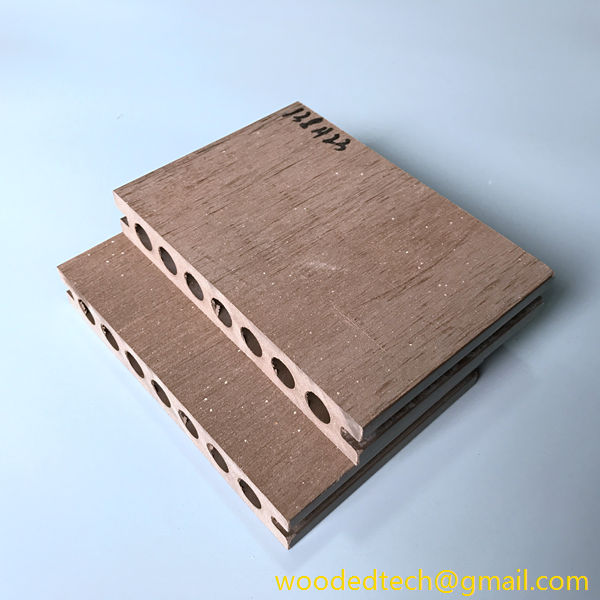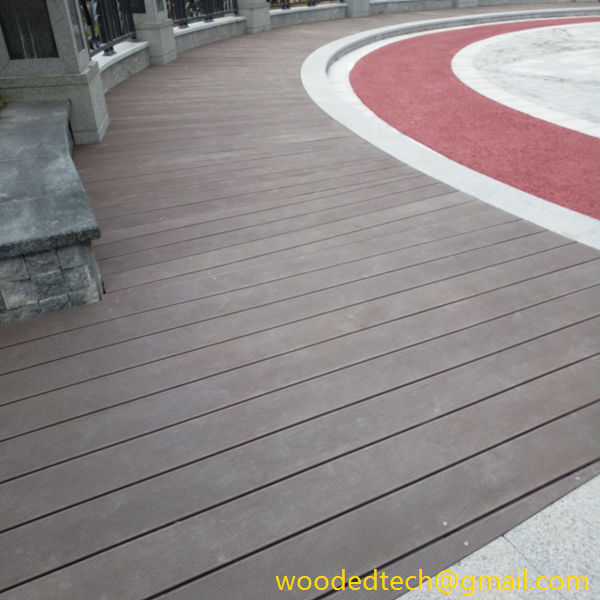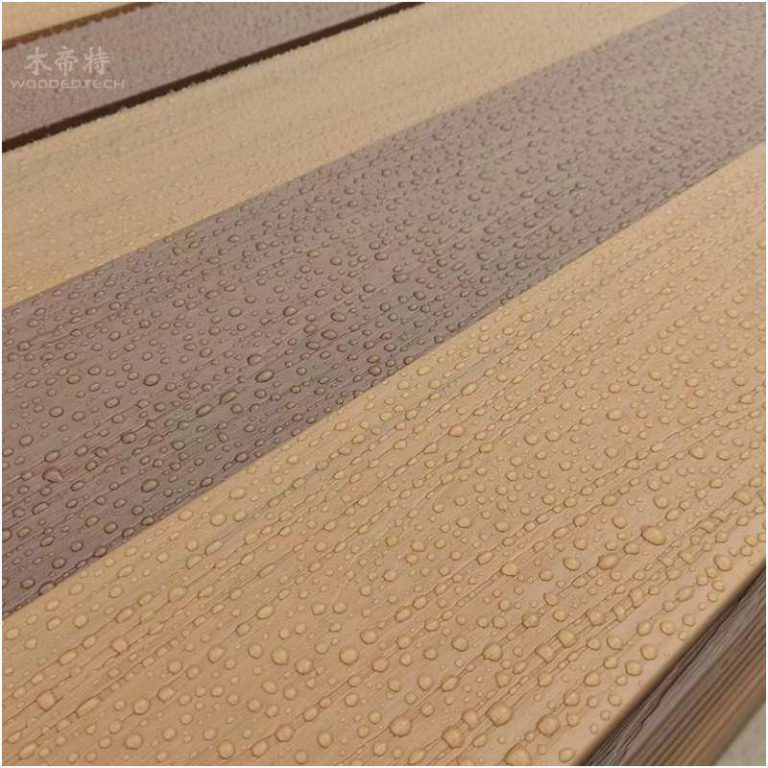Exploring Outdoor Decorative Wall Panel Wood Plastic Materials
Exploring Outdoor Decorative Wall Panel Wood Plastic Materials Outdoor decorative wall panels made from wood-plastic composites (WPC) have gained popularity in recent years due to their appealing aesthetics and remarkable durability. These materials combine the natural beauty of wood with the resilience of plastic, creating a versatile solution for homeowners and landscapers alike. In this…
Exploring Outdoor Decorative Wall Panel Wood Plastic Materials
Outdoor decorative wall panels made from wood-plastic composites (WPC) have gained popularity in recent years due to their appealing aesthetics and remarkable durability. These materials combine the natural beauty of wood with the resilience of plastic, creating a versatile solution for homeowners and landscapers alike. In this exploration, we will delve into the benefits, applications, and environmental considerations of wood-plastic materials in outdoor decorative wall panels.
One of the most significant advantages of wood-plastic composite materials is their durability. Unlike traditional wood, which can warp, rot, and succumb to pests over time, WPC panels are designed to resist the elements. This makes them an ideal choice for outdoor settings, where exposure to moisture and temperature fluctuations can take a toll on traditional materials. Wood-plastic composites do not splinter like wood and require less maintenance, which is a considerable benefit for homeowners who prefer low-maintenance solutions. Their resistance to fading and staining ensures that they remain vibrant and functional even after years of exposure to the sun and rain.
In terms of aesthetics, wood-plastic composite wall panels provide a unique blend of natural beauty and modern design flexibility. The materials can be manufactured in a variety of colors, textures, and finishes, allowing for a wide range of creative possibilities. Homeowners can choose from sleek, contemporary looks or rustic, traditional designs that complement their existing architecture or landscape. The texture of WPC can mimic the look of natural wood without the associated drawbacks, offering a solution that combines beauty with practicality.
Another important aspect of wood-plastic composite wall panels is their versatility. These panels can be used in various applications, from garden fencing and decorative screens to accent walls in outdoor living spaces. The lightweight nature of WPC makes it easy to handle and install, and it can be cut and shaped to fit any space or design requirement. This adaptability allows homeowners and designers to incorporate WPC into different aspects of their outdoor environment, enhancing overall aesthetics while providing functional barriers and privacy.
Additionally, the ease of installation of WPC panels can save time and labor costs during projects. Many WPC systems come with interlocking features or simple fastening systems, making it easy for homeowners to undertake DIY projects without the need for professional installation. This user-friendly characteristic is particularly appealing in a time when people increasingly seek to personalize their outdoor spaces without significant investment or effort.
Sustainability is another critical consideration when exploring decorative wall panels made from wood-plastic materials. WPCs are often made from recycled plastics, which means that they can help reduce reliance on virgin materials and minimize waste. For environmentally-conscious consumers, using wood-plastic composites in outdoor projects is an effective way to invest in sustainable design practices. Additionally, many WPC manufacturers employ responsible sourcing practices for the wood fibers used in their products, further enhancing their eco-friendliness.
However, it is essential to note that while WPCs are generally more environmentally friendly than traditional materials, they are not without their challenges. The production of composite materials involves energy-intensive processes, and the plastics used can sometimes be less recyclable than their pure counterparts. Therefore, consumers should consider the lifecycle of the materials they choose and opt for products from manufacturers who prioritize sustainability and responsible sourcing.
Another potential drawback of wood-plastic composites is their thermal properties. Due to the way these materials are constructed, WPC panels can absorb heat from the sun, making them hotter than traditional wooden panels. This is especially relevant in warmer climates, where homeowners might want to consider the placement of their panels to ensure comfort and usability. Proper shading and ventilation can mitigate this issue, allowing for the continued enjoyment of WPC panels without discomfort.
In summary, outdoor decorative wall panels made from wood-plastic composite materials represent a fascinating convergence of beauty, durability, and sustainability. They present a fashionable and practical choice for homeowners looking to enhance their outdoor spaces with aesthetically pleasing solutions that require minimal maintenance. The versatility of WPC panels makes them suitable for a variety of applications, and their eco-friendly qualities resonate with a growing number of environmentally conscious consumers.
As we move towards a more sustainable future, the demand for innovative materials like wood-plastic composites will likely continue to grow. This evolution in material science gives both designers and consumers an avenue to create beautiful, functional, and environmentally responsible outdoor spaces. Whether used in residential architecture, urban landscaping, or commercial projects, wood-plastic composite panels can transform ordinary outdoor areas into extraordinary living environments, demonstrating the valuable intersection of nature, design, and technology.

